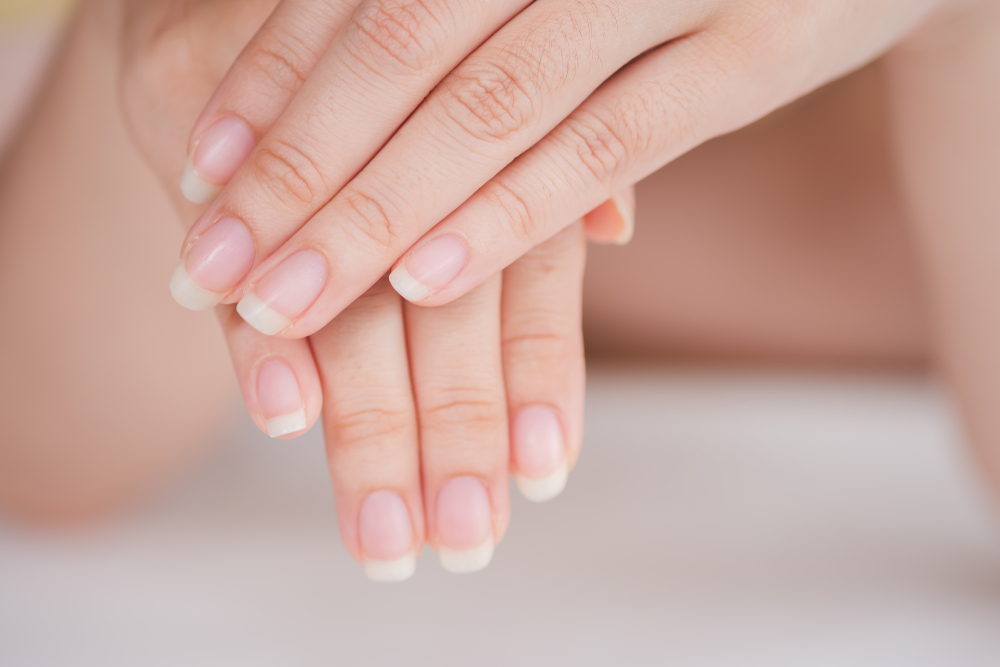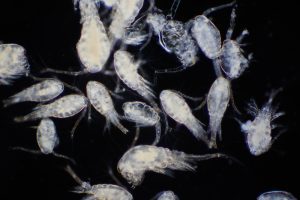It’s common knowledge that the bodies of all living creatures break down naturally after death.
When exposed to bacteria and other living organisms, this process happens even faster. Accordingly, bodies, in general, are considered biodegradable.
But does this apply to all body parts, even those that are considered “sturdier” compared to others?
What about fingernails? The short answer is yes, fingernails are biodegradable, but whether or not this process occurs depends on a variety of factors.
Table of Contents
What is biodegradation?
Biodegradation is a form of natural breakdown, and it refers to a very specific process. Microorganisms like bacteria (and sometimes fungi) break down larger materials into smaller ones that they and other microorganisms can digest.
If something is considered biodegradable, it simply means that it can be decomposed by bacteria or any other living organisms.

What is the difference between biodegradation and decomposition?
The terms biodegradation and decomposition are sometimes used interchangeably, but they do mean different things.
Decomposition is the natural breakdown of complex organic matter (i.e. human and animal bodies) into simple inorganic matter (soil and dust, for example).
Biodegradation is meanwhile prompted by outside factors and breaks down organic matter into digestible material for other organisms.
Nevertheless, biodegradation and decomposition go hand-in-hand. In fact, both processes often occur at the same time, and biodegradation can speed up the rate at which decomposition occurs.
What kinds of materials are biodegradable?
Anything that contains organic material is considered biodegradable. In today’s times, an increasing amount of traditionally synthetic materials are now made in biodegradable options out of renewable organic waste sources (biodegradable plastic is one example).
Common types of biodegradable materials are as follows:
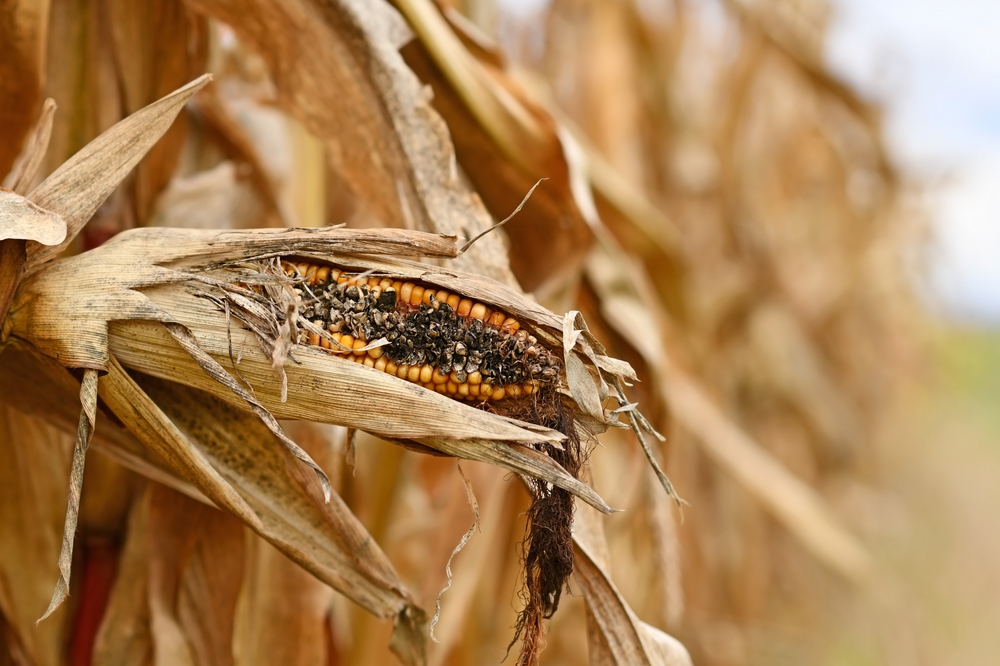
- Fecal matter and other waste products from humans and animals
- Plants (including paper products, wood, and leaves)
- Food waste
- Grass clippings and cut flowers
- Remains left over after the deaths of living organisms
Biodegradable materials are sometimes referred to as “bio waste” materials.
What bacteria are involved in biodegradation?
There are hundreds of different kinds of bacteria involved in the process of biodegradation. However, research has shown that some are more effective than others.
Certain studies have found that the bacterial strains Pseudomonas mendocina and Brevundimonas olei are particularly effective in the process of biodegradation.
What are fingernails made of?
Fingernails consist primarily of keratin, which is a type of hardened protein that occurs naturally in the body.

Hair is also made up of mostly keratin, although it has a different growth process and is naturally pigmented (fingernails are not).
Because nails are so hard in comparison to the rest of the body’s exterior tissues, many people believe they are impermeable and cannot absorb substances as the skin can.
However, this is untrue. It can take fingernails longer to absorb chemicals or other substances, but fingernails are porous and absorbent just like skin and other bodily tissues.
Are fingernails considered bone?
Though also a hardened organic material, fingernails are not bone. While fingernails are made of keratin and are more similar to hair, bones are made of calcium phosphate and collagen.
It’s worth noting that bones are also biodegradable and eventually decompose (contrary to popular belief), although their breakdown is typically the final part of the entire process.
Fingernails are typically long gone by the time bones start to show significant signs of decomposition.
Do fingernails keep growing after death?
There’s a common misconception that fingernails keep growing after death. However, this is not true, as growth requires new cells.
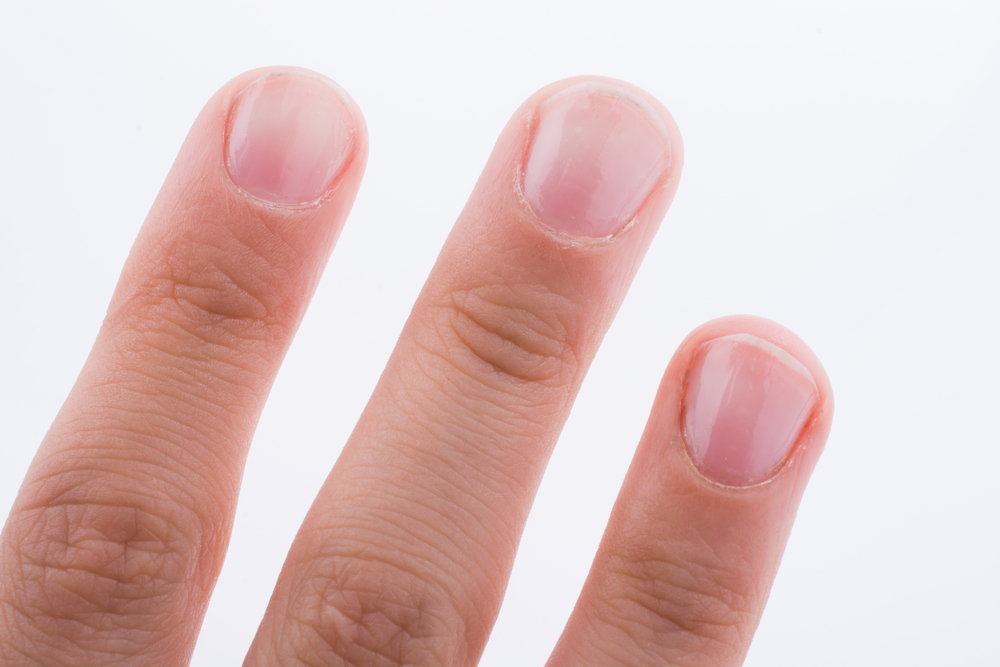
Fingernails are made of organic material that comes from living cells, and their growing processes cease upon the death of these cells just like everywhere else in the body.
That said, the body quickly dehydrates after death, causing the skin to shrink in appearance.
This causes the skin near the nails to draw back from the fingertips and flatten, which in turn makes the nails appear longer and “growing.”
How long does it take for fingernails to decompose?
The time it takes for fingernails to fully break down depends on the environment they’re in, as well as the burial method and bacteria involved.
Like bones, fingernails take considerably longer to decompose than soft tissues. In some studies, fingernails have taken about 40 years to break down.
Are there fingernails on fossils?
Fossilized claws have been found on fossils, which are similar to fingernails. Keratin (the material fingernails are primarily made of) samples have also been extracted from fossils in general.
What do fingernails break down into?
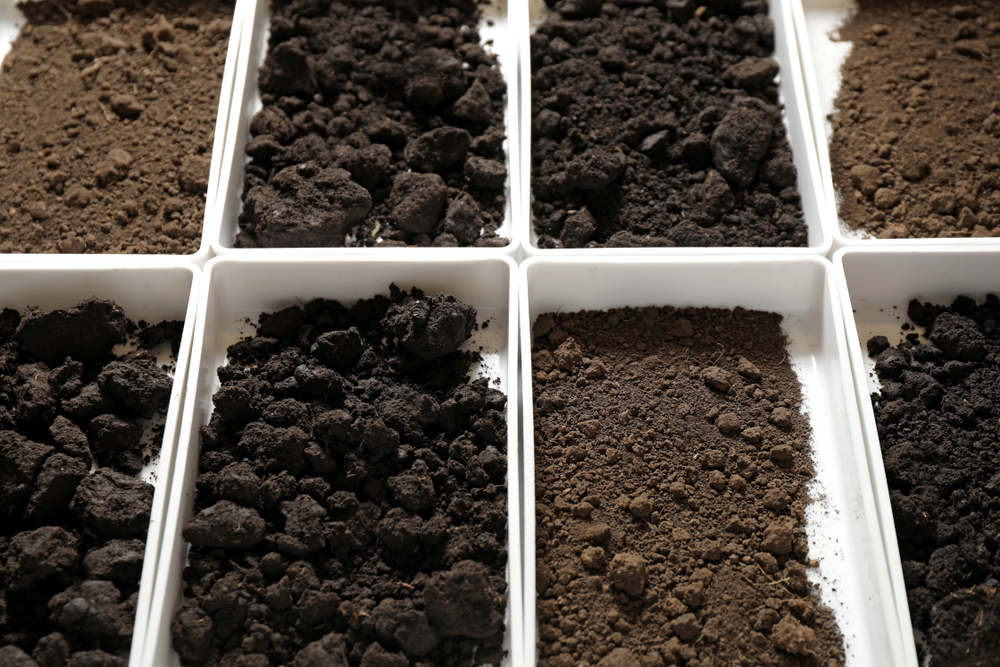
Like all bodily tissues, fingernails eventually break down into dirt and combine with other substances, like sand and broken-down gravel.
In fact, between two and ten percent of average soil samples are found to be organic matter (though by then it’s unclear how much of it may be broken down fingernails).
How long does it take for a human body to decompose?
Depending on the circumstances, it can take a human body 10 to 12 years to break down (into soil), though some preservation techniques can prolong this considerably.
Nevertheless, exposure to open air and ground bacteria can quicken the process to just months or even weeks, (though it depends on the climate).
Even so, fingernails and bones will take longer than the surrounding soft tissues.
Can you compost fingernails?
Composting is a different process than biodegradation simply because it refers to human intervention.
It is essentially accelerated biodegradation manipulated by humans. Because of this, fingernails (more commonly nail clippings) can indeed be composted.
That said, nails with polish on them or glued adhesives should not be composted due to the chemicals involved.
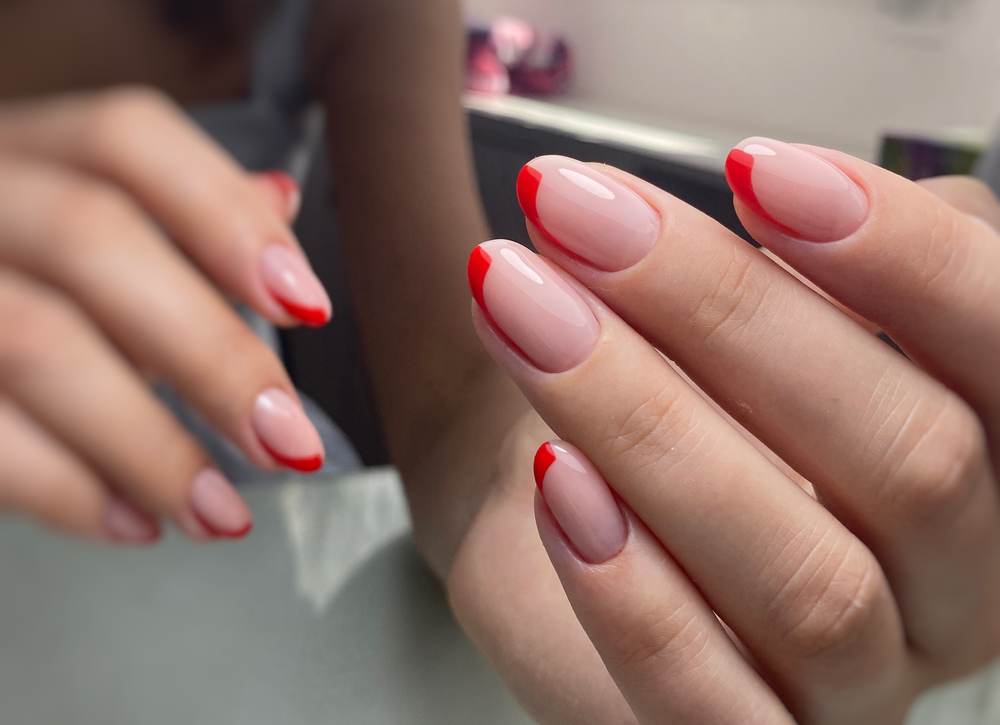
Introducing these non-organic substances can compromise the whole compost and affect both its safety and efficiency.
Do fingernails fall out after you die?
Left untouched and unpreserved after death, human nails will typically fall out within weeks.
However, fingernails do not always fall out after death. They do, however, eventually break down and may appear to separate from the body once surrounding tissues are decomposed and gone, which can make it seem like the nails themselves fell out.
Can biodegradation take place in any environment?
Biodegradation of any bodily tissue (fingernails and beyond) cannot take place by itself, as capable microorganisms must be present.
When people die, most bodies undergo an embalming and preservation process meant to delay decomposition and biodegradation, but these will not be prevented entirely.
Even in a sealed casket, biodegradation can still eventually occur if bacteria are inside and/or gets inside once the exterior breaks down.
That said, bodies left out in the open air break down a lot faster thanks to swift biodegradation aiding the natural decomposition process.
Because certain kinds of bacteria have been found to survive in outer space, it is even possible for it to take place there given the right circumstances.
What are the benefits of biodegradable fingernails?
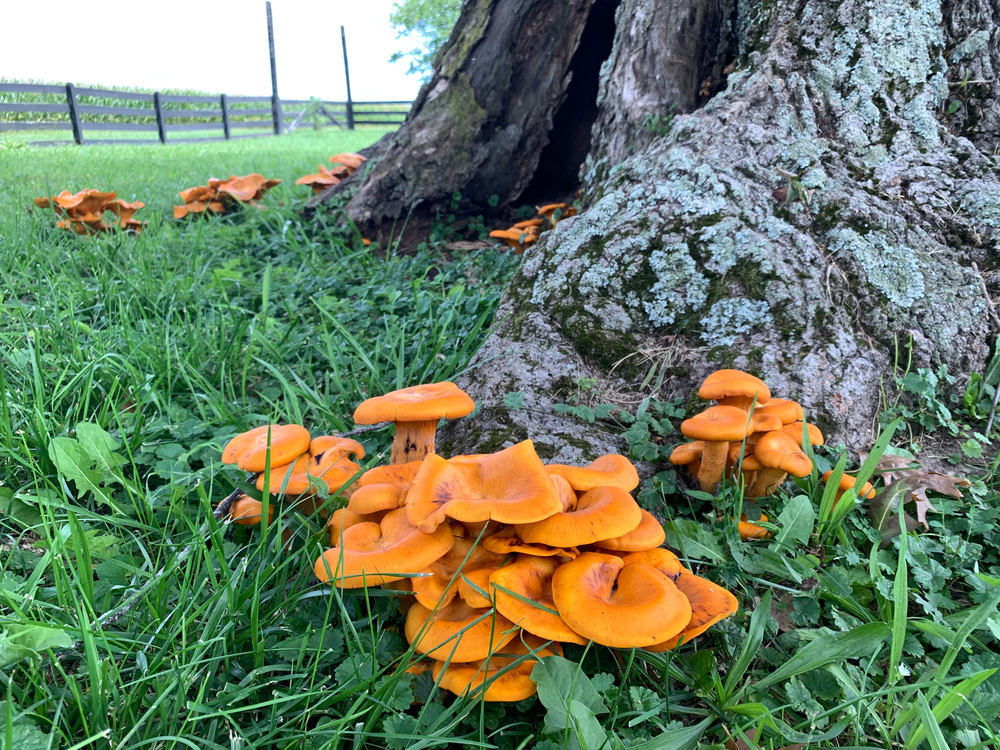
At its core, biodegradation is a recycling process that is crucial for the environment to stay clean and keep it running efficiently.
The microorganisms that are involved break down materials into smaller substances that they and other microorganisms can digest.
In the process, they also break down other bacteria that may have been living previously on the material.
With biological substances like fingernails, this means less waste and lower emissions of harmful bacteria into the environment.
Without fingernails being biodegradable, their decomposition would take a lot longer or in some cases, be nonexistent (meaning piles of old fingernails everywhere!)

